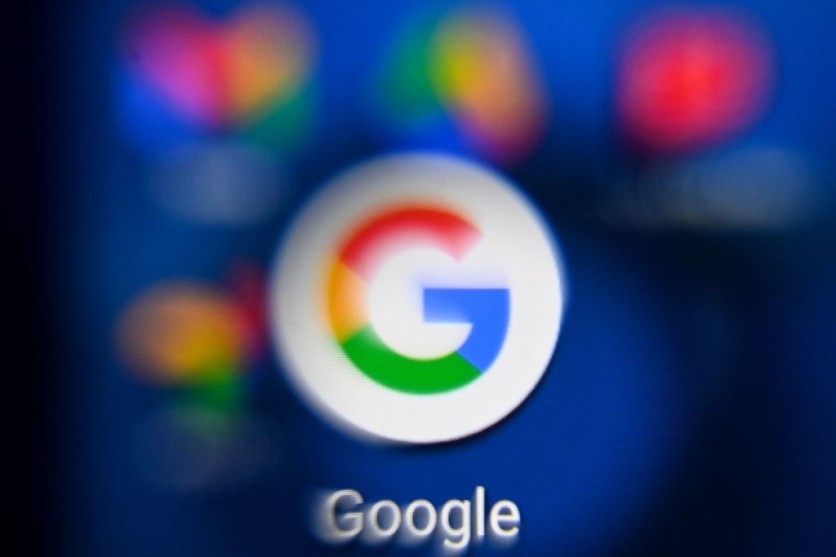In the age of selfies and photo filters, not every snapshot emerges as a masterpiece. Fortunately, for Pixel phone users, Google Photos offers its AI-enhanced Magic Editor to refine your photos. However, concerns have arisen regarding the potential misuse of AI editing tools for illicit activities such as document forgery.

Unveiling Google's Magic Editor
Google has devised protective measures to prevent Magic Editor from falling into the wrong hands, as reported by Android Police. A recent code inspection reveals the existence of a forbidden edits list within the photo editor, safeguarding the authenticity of documents like driver's licenses and passports.
Upon investigating the inner workings of Google Photos, Android Authority made a revealing discovery. They found that Google's Magic Editor comes with a set of editing limitations designed to prevent misuse. When attempting to apply Magic Editor to personal documents like ID cards or receipts, it will refuse to proceed.
This restriction also applies to images containing people's faces or specific body parts, effectively thwarting any attempts to create fake IDs or manipulate photographs. Furthermore, Magic Editor's safeguards prevent extensive alterations to significant portions of an image.
Attempting to edit restricted items such as personal documents or sensitive images will result in an error message that explicitly states that the action is not permissible, citing Google's terms or explaining that the tool is incapable of erasing or relocating objects. These limitations are in alignment with Google's firm policy against the misuse of AI for generating deceptive content.
Google's policy explicitly prohibits the use of AI to fabricate personal information for malicious purposes or to create content impersonating someone without their knowledge. Mashable reported that this is to prevent the misuse of their tools for deceptive or harmful intents.
While some of these restrictions were already in place, Google Photos previously provided vague explanations for why specific edits were disallowed. The newly implemented error messages offer greater transparency by clearly articulating the reasons behind the limitations.
Google might potentially leverage prompts to facilitate the creation of fresh backgrounds, objects, or even the expansion of photo borders. It's important to note that, in the latest version of Google Photos, there are no other indicators of prompt-related functionalities.
Certain Workarounds
Despite the introduction of these recent restrictions, it appears that there are still certain workarounds. Android Authority managed to edit invoices, which, from a technical standpoint, breaches Google's terms of service. The reason behind this discrepancy remains unclear, warranting further investigation by Google.
Additionally, Google is actively developing text-based prompts for Magic Editor, as reported by the publication. This forthcoming feature would potentially enable users to employ text prompts to manipulate objects and individuals within an image. While the precise mechanics of this feature are not yet fully elucidated, it holds promise for future utility.

ⓒ 2025 TECHTIMES.com All rights reserved. Do not reproduce without permission.




